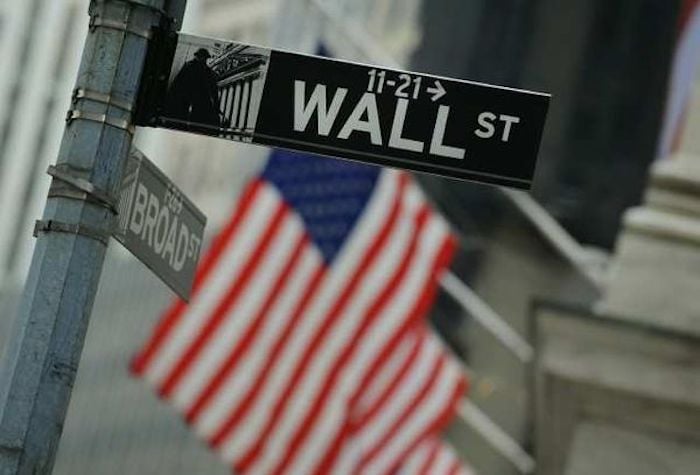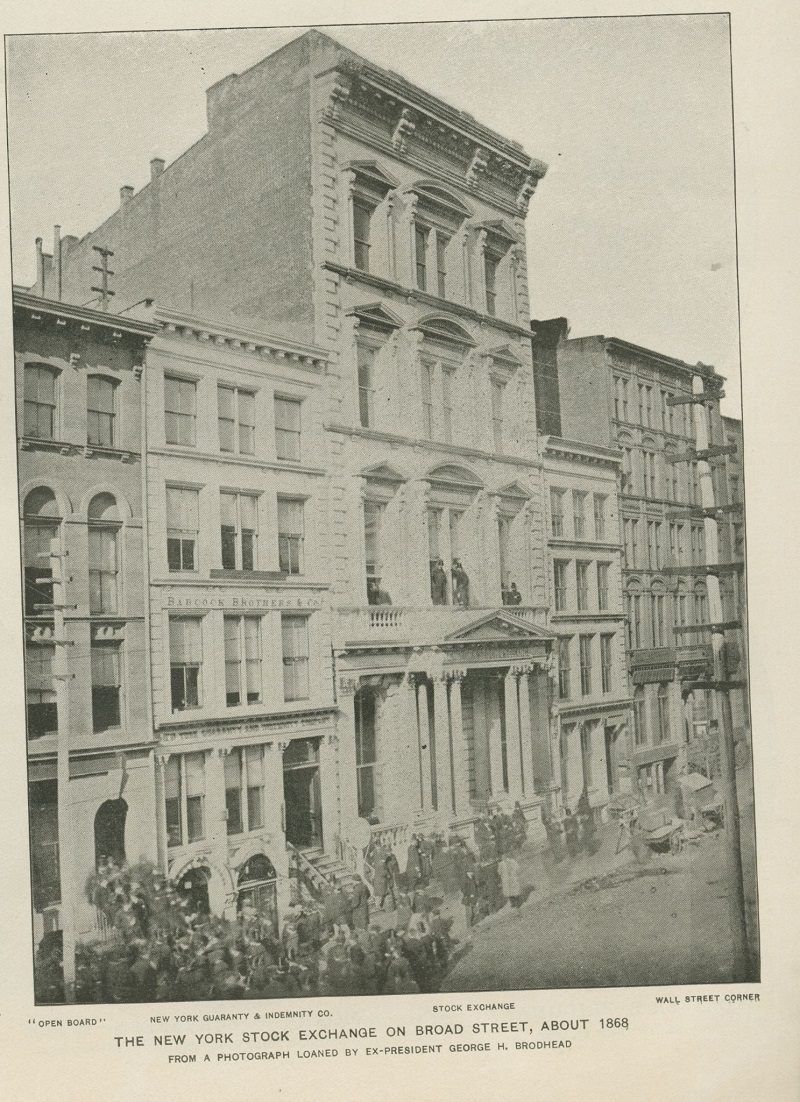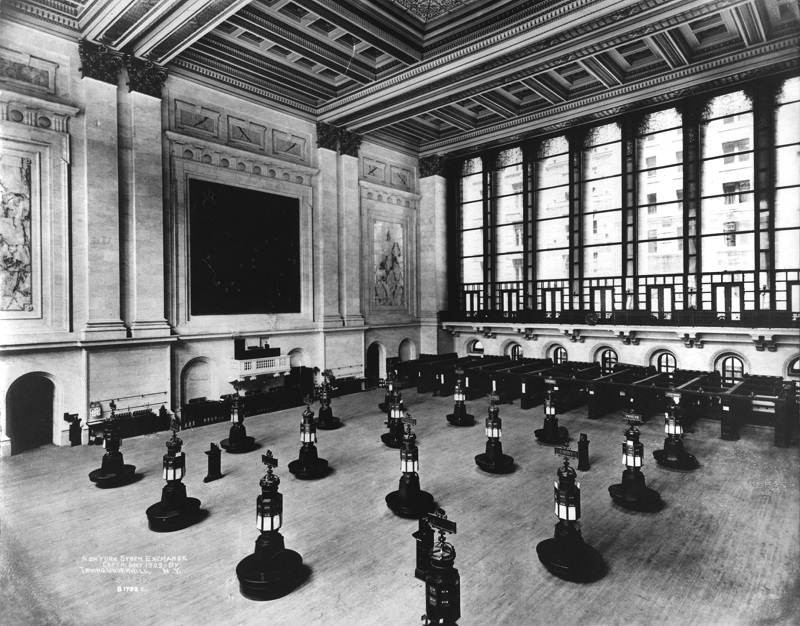
The New York Stock Exchange (NYSE), the largest such stock exchange in the world, has quite humble origins.
According to legend, it was founded on May 17, 1792 under a buttonwood tree outside of 68 Wall Street when 24 stockbrokers signed the Buttonwood Agreement.
The Buttonwood Agreement is considered one of America’s most important financial documents, as it served as the basis for the foundation of the NYSE.
In March of 1792, 24 of the most prominent merchants in New York met at the Corre’s Hotel in secret to discuss the potential for regulating the securities business in the city.
The group then met again in May to sign the Buttonwood Agreement, named for the tree under which some believe it was signed, although others argue that the signing couldn’t have occurred under the tree, as there were too many members.
The historic financial document had two important elements, the first being that the brokers could only deal amongst themselves, and the second that commissions were set at 0.25 percent.
The founding of the NYSE and the Buttonwood Agreement
The full text of the document, which is now part of the archives of the NYSE, reads:
“We the Subscribers, Brokers for the Purchase and Sale of the Public Stock, do hereby solemnly promise and pledge ourselves to each other, that we will not buy or sell from this day for any person whatsoever, any kind of Public Stock, at a less rate than one quarter percent Commission on the Specie value and that we will give preference to each other in our Negotiations. In Testimony whereof we have set our hands this 17th day of May at New York, 1792.”
Wall Street has since been transformed into more than just a city street, as its name is synonymous with US finance as a whole.

The street was originally known as “de Waalstraat” in Dutch, as it was part of New Amsterdam. Both a slave marketplace and an office for trading securities during the seventeenth century were located on the street.
In the Exchange’s early years, stock trading continued on an informal basis in nearby coffeehouses where merchants typically gathered.
By 1817, the stock market was active enough to encourage brokers to create a formal organization. A constitution was adopted on March 8, 1817, creating the New York Stock & Exchange Board, the forerunner of today’s NYSE.
The number and variety of securities traded at the NYSE steadily increased as America grew. States and municipalities issued bonds to finance the construction of turnpikes, canals, and bridges. Banks, insurance companies and railroads issued stock to raise the necessary capital to develop and expand.
By the end of the Civil War, more than 300 different stocks and bonds were traded at the NYSE. The Exchange moved into its first permanent home – on a portion of its present Broad Street site – in 1865.
One of the most familiar images of the NYSE, the loud ringing of a bell signaling the opening or closing of the day’s trading, was first used at the Exchange in the 1870s with the advent of continuous trading. Critical to ensuring the orderly functioning of the marketplace, the original bell of choice was a Chinese gong.
It was only during the 19th century that Wall Street became the financial hub of the city, when businesses and banks began to flock to the street after the creation of the NYSE there in the late eighteenth century.

As the stock market continued to grow, the NYSE in 1903 moved into a new building with a much larger Trading Floor, designed by George B. Post.
Post designed an impressive interior space, with paneled Georgian marble walls, huge windows and a gilded ceiling that stands four stories above traders’ heads. The statuary pediment titled, “Integrity Protecting the Works of Man” was designed by the eminent sculptor, John Quincy Adams Ward.
Today, the NYSE building is one of the most exclusive and sought-after event spaces in New York City, poised at the center of global financial markets.
See all the latest news from Greece and the world at Greekreporter.com. Contact our newsroom to report an update or send your story, photos and videos. Follow GR on Google News and subscribe here to our daily email!



